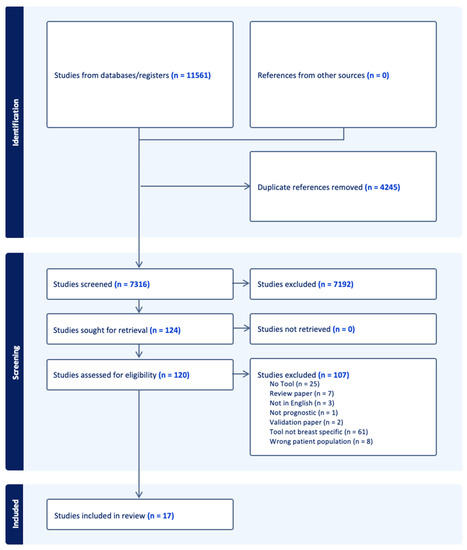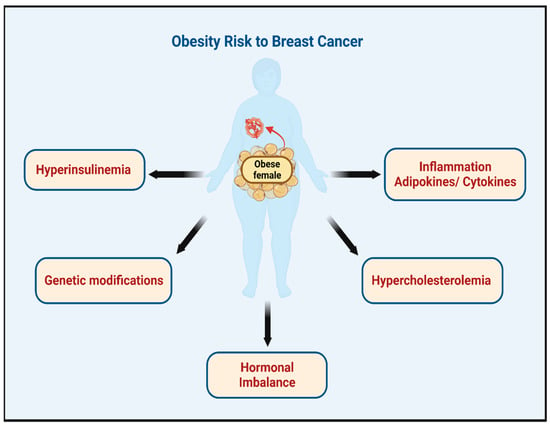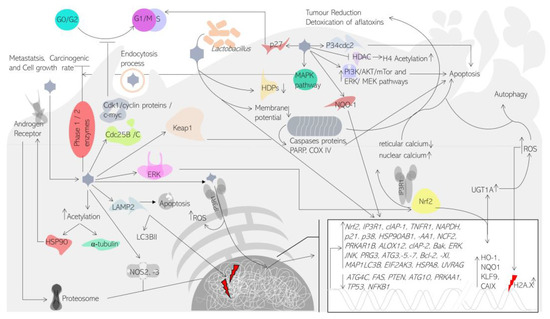Frontiers in Breast Cancer Diagnosis and Treatment
A topical collection in Medicina (ISSN 1648-9144). This collection belongs to the section "Oncology".
Viewed by 21866Editors
2. School of Medicine, Case Western Reserve University, Cleveland, OH 44106, USA
Interests: statistical methods; epidemiological study design; risk modeling; cardiovascular disease; cancer
Special Issues, Collections and Topics in MDPI journals
2. University Hospitals Seidman Cancer Center, 11100 Euclid Avenue Cleveland, OH, USA
Interests: breast, esophageal and colorectal cancer; gastrointestinal cancers, general, and thoracic
Special Issues, Collections and Topics in MDPI journals
Topical Collection Information
Dear Colleagues,
Reducing breast cancer risk through targeted screening, treatment advances, and novel research efforts is the key focus of this Topical Collection on “Progress in Breast Cancer Diagnosis and Treatment”. We are also interested in manuscripts aimed at improving the quality of life of breast cancer patients and survivors. In this regard, research topics include, but are not limited to, lifestyle factors and habits such as nutrition, exercise, and weight control, as well as supportive care.
Of particular interest to this Topical Collection is research pertaining to circulating tumor cells (CTCs) and circulating tumor DNA (ctDNA). Such research may offer a less-expensive and non-invasive means for predicting disease severity and survival potential in breast cancer patients. Submissions focusing on evolving therapies (e.g., atezolizumab, nab-paclitaxel, ipatasertib, capivasertib, and bicalutamide) also are welcome.
Prof. Dr. Jimmy T. Efird
Dr. Tithi Biswas
Collection Editors
Manuscript Submission Information
Manuscripts should be submitted online at www.mdpi.com by registering and logging in to this website. Once you are registered, click here to go to the submission form. Manuscripts can be submitted until the deadline. All submissions that pass pre-check are peer-reviewed. Accepted papers will be published continuously in the journal (as soon as accepted) and will be listed together on the collection website. Research articles, review articles as well as short communications are invited. For planned papers, a title and short abstract (about 100 words) can be sent to the Editorial Office for announcement on this website.
Submitted manuscripts should not have been published previously, nor be under consideration for publication elsewhere (except conference proceedings papers). All manuscripts are thoroughly refereed through a single-blind peer-review process. A guide for authors and other relevant information for submission of manuscripts is available on the Instructions for Authors page. Medicina is an international peer-reviewed open access monthly journal published by MDPI.
Please visit the Instructions for Authors page before submitting a manuscript. The Article Processing Charge (APC) for publication in this open access journal is 2200 CHF (Swiss Francs). Submitted papers should be well formatted and use good English. Authors may use MDPI's English editing service prior to publication or during author revisions.
Keywords
- breast cancer
- TNBC
- ER-positive tumors
- HER2-positive tumors
- inflammatory breast cancer
- novel therapies
- breast cancer survival
- health promotion
- lifestyle behaviors and habits
- epidemiology of breast cancer














